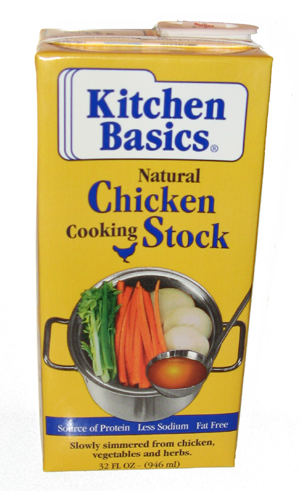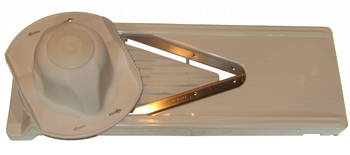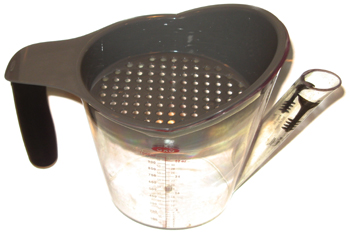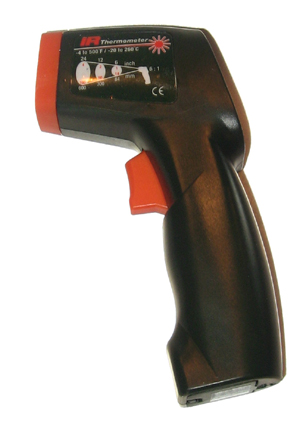
Stock & broth are very similar in taste, but they aren’t entirely the same. Broth is made from bits of meat and vegetables, stock always includes bones in the recipe. In both though you cook the ingredients a long time to get their essence out.
I like to make turkey stock after Thanksgiving, you end up with a very protein rich and extremely tasty liquid by boiling all the left over bones and bits all day. But that is another post.
Many recipes call for stock or broth as a component, and while you can make your own, you’ll almost always buy it at the store. Making it yourself is special occasions only in my book. So… when at the store, which type do you buy?
I recommend the stock in the cartons. Where I shop there is the pictured brand, but also an Emeril brand, they’re roughly the same. The kicker is the ingredient list.
Grab a can of broth, and grab the box of stock, then look at the ingredients. The stock will say things like vegetables, spices, herbs, chicken. The broth will say things best suited for a chemistry class. The stock also I think tastes better. Additionally the stock has more protein (good) and less salt (also good).
The stock is more expensive though, and it only comes in 1 quart cartons (where I shop). But the cartons are resealable and last a good week once opened & refridgerated.
So, when I mention stock in a recipe, always assume I mean this type of stock, it it just better for you.
Of course, if you have the time, making your own is best, and you can freeze it for long term storage. You’ll especially get more protein if you make it yourself, but most of us just don’t have the time.


 Temperature is extremely important in cooking, but most thermometers suck. How many do you need too? There are so many different types.
Temperature is extremely important in cooking, but most thermometers suck. How many do you need too? There are so many different types.
Recent Comments